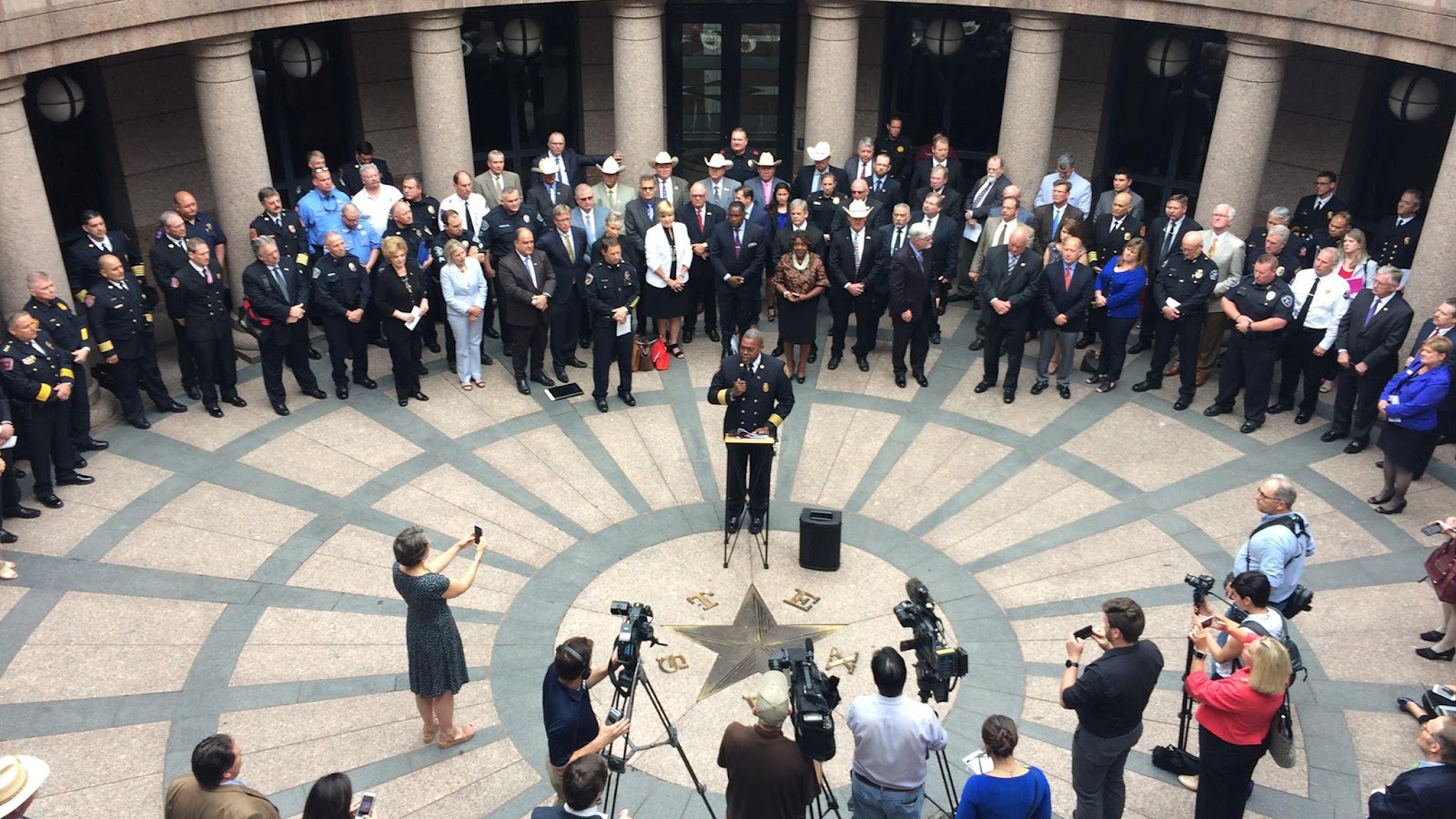Advocacy
Communications
Case Study:
Revenue Caps and
Unfunded Mandates
The Texas Association of Counties is a state-level association representing the interests of county officials. They needed to educate state legislators about the negative impacts of revenue caps on the funding and function of local governments statewide. In addition to this work, my team identified unfunded state mandates as another target that could help them gain popular support and provide an alternative policy prescription.
The Issue
For decades, local governments in Texas could grow property tax revenue by up to 8% annually. Lawmakers, led by the lieutenant governor, proposed cutting that cap to 2% — a move they sold as “property tax relief.”
The reality was stark: it would gut funding for essential services Texans depend on every day, like law enforcement, courts, emergency management, road and bridge maintenance, even though most residents don’t think about them until they’re gone.
In a “bad budget year,” even one unexpected expense — like a rural county’s high-profile murder trial — could push budgets past the limit. In fast-growth areas like Austin, the cap would choke off the ability to keep up with demand.
We had to change the conversation fast. And we needed to do it in a way that could get traction in a hostile political climate.
The Plan
With the political winds against us, I built a three-pronged strategy to unite a broad coalition, shape the conversation ahead of the legislative session, and apply pinpoint pressure on key legislators:
- Reframe the debate: Move the conversation away from “lowering property taxes” toward the real culprits: long overdue school finance reform and unfunded mandates from the state. I positioned these funding failures from the state as stealth tax hikes that force local governments to raise rates.
- Mobilize trusted messengers: Arm county officials, city leaders, and first responder groups with plainspoken, consistent talking points they could use to amplify a unified, nonpartisan message in their communities, at the state capitol, and in the media focused on protecting the services that make communities safe, prosperous, and attractive to business investment.
- Target the gatekeepers: Get persuasive op-eds and news coverage not only in major outlets, but in the local papers of key committee members whose votes could make or break the bill — putting pressure on them from their consituents. Many were authored by local officials in their own districts, giving the message extra weight.
The Work
I directed and executed a multi-channel campaign:
-
Message discipline: Developed an issue brief with plain-language talking points titled Revenue Caps: Myth vs. Reality, a push card called Top 10 Reasons Revenue Caps are Bad, a The Cost of County Government: Six Significant Cost-Drivers Not Addressed by Lower Revenue Caps one-pager, and a comprehensive issue brief linking revenue caps to the burden of unfunded mandates.
-
Coalition resource hub: Created and maintained a central online toolkit with ready-to-use materials — a customizable community presentation, infographics, fact sheets, talking points, links to our seeded op-eds, and a running list of op-eds by coalition members placed across the state, and The Cost of County Government Unfunded Mandates Survey report — making it easy for allies to speak with consistency and authority.
-
Public engagement: Turned public concern into political pressure with the ProtectPropertyTaxpayers.org microsite athat explained the stakes in under a minute and enabled visitors to contact their legislators about the issue in a few clicks. The site generated more than 3,000 constituent emails to state lawmakers. I scripted and produced a companion video (above) with PBS’s Daytripper host, and pushed it out via paid social to drive site traffic. Coalition members also got pre-addressed postcards to hand out at Rotary Clubs, chambers, and community meetings, educating citizens and making it easy to contact the governor and lieutenant governor directly.
-
Earned media: Ghostwrote and placed op-eds in top outlets across the state, including the Dallas Morning News, Houston Chronicle, Politifact Texas, and Texas Tribune, then equipped local officials to write their own. We strategically seeded these in targeted local papers read by influential legislators, ensuring the message reached the right political pressure points. We generated more than 70 news articles providing favorable coverage of our position statewide.
-
Events for visibility: Co-organized a high-impact press conference with first responders and municipal leaders during the committee hearing, generating multiple days of coverage and a strong visual counterpoint to the bill’s momentum.

The Results
The campaign didn’t just slow the bill’s progress — it reframed the political conversation around local control and unfunded mandates, created lasting tools for county advocacy, and forged a coalition capable of exerting pressure session after session.
-
Legislative win: The Senate passed the cap bill, but the House refused to take it up — instead passing a reimbursement requirement for new mandates, protecting local funding.
-
Media saturation: Campaign framing appeared in Houston Chronicle, Dallas Morning News, Texas Tribune, Politifact, San Antonio Express-News, and key small-market outlets in targeted districts.
-
Message adoption: Editorial boards, fact-checkers, and political analysts echoed the messaging I developed.
-
Coalition strength: Unified hundreds of county and city leaders, along with first responders, into a credible opposition force that kept the bill from becoming law.
This is the kind of work I’m most proud of — taking what looked like a losing fight and turning it into a win by marrying strategy, creativity, and execution that moved the needle where it mattered most.